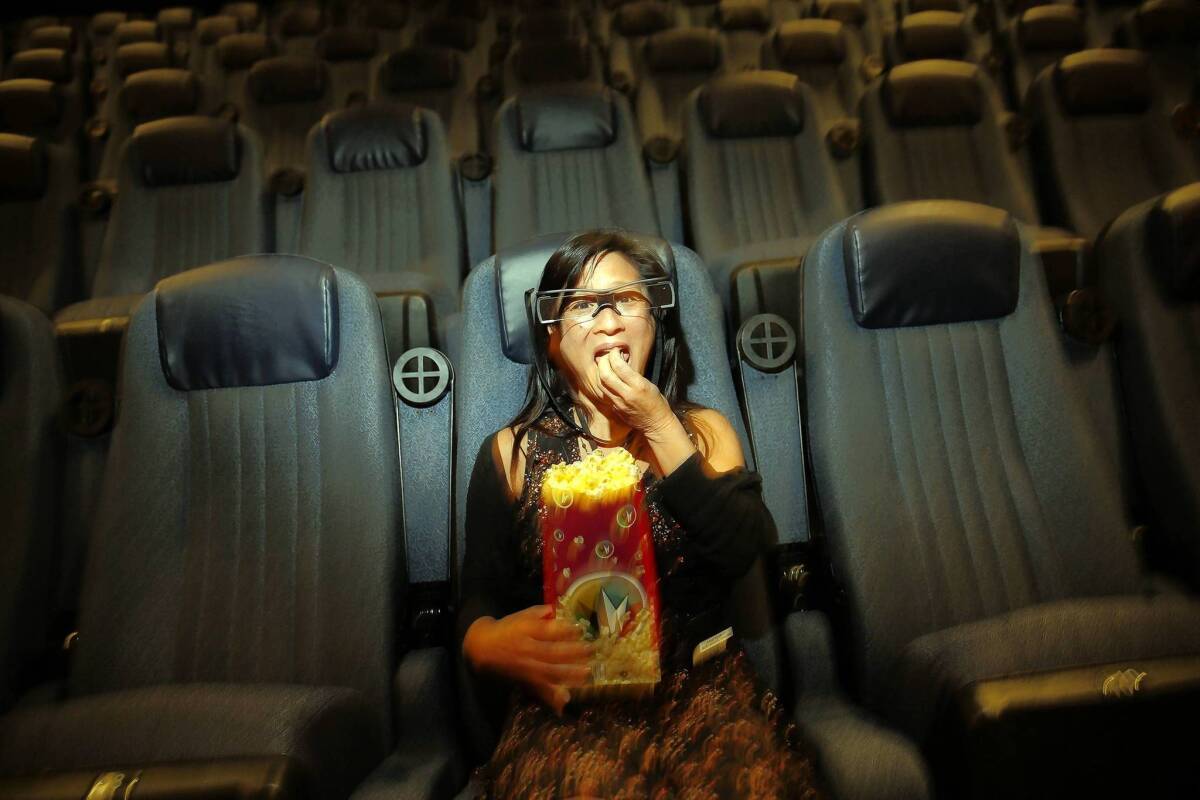Theaters pledge to improve movie access for deaf and hearing-impaired

- Share via
The nation’s theater owners have agreed to make their cinemas more accessible to deaf and hard-of-hearing patrons.
The National Assn. of Theatre Owners has reached an agreement with the the Alexander Graham Bell Assn. and other advocacy groups on a new set of recommendations to the Department of Justice, which is conducting a review of guidelines under the Americans with Disabilities Act.
Among other things, the recommendations would require all digital movie theaters nationwide to install closed-captioning and audio description equipment. The agreement also establishes minimum closed-captioning device requirements and a system for tracking how many patrons use the equipment.
The agreement followed weeks of discussions and represents a compromise over an issue that has sparked clashes in the past.
Over the years, advocacy groups have sued theater chains, alleging they were not doing enough to make their theaters accessible to the deaf and hard-of-hearing community. For their part, theater owners have previously complained about the high costs of installing the equipment, which can range from $3,000 to nearly $40,000, depending on the size of the theater.
“These joint comments are the result of decades of efforts from A.G. Bell’s members and other deaf advocates to attain captioning access in movie theaters,” said John F. Stanton, chairman of the public affairs council of A.G. Bell. “Today is truly a landmark day in captioning access history.”
Anna Gilmore Hall, executive director of the Hearing Loss Assn. of America, called it a historic agreement that is a “‘Welcome Back’ banner for people who had given up going to the movies simply because they could no longer hear.”
The Assn. of Late Deafened Adults and the National Assn. of the Deaf also were part of the agreement with the theater owners’ trade group.
More than 38 million Americans live with some sort of hearing disability, and only one third of them go to a movie theater at least once a year. That compares with about 70% of Americans overall who went to the movies at least once in the last year, according to industry surveys.
The nation’s largest theater chain, Regal Entertainment, has invested more than $10 million in glasses developed by Sony Electronics Inc. that use holographic technology to project closed-caption text that appears inside the lenses, synchronized with the dialogue on the screen.
“This partnership between deaf and hard-of-hearing advocates and the movie theater industry has been remarkably productive and promises to yield results that will benefit our patrons and expand access to movie theaters in a real, practical and measurable way,” said John Fithian, president of the National Assn. of Theatre Owners.
Twitter: @rverrier
More to Read
Sign up for The Envelope
Get exclusive awards season news, in-depth interviews and columnist Glenn Whipp’s must-read analysis straight to your inbox.
You may occasionally receive promotional content from the Los Angeles Times.








